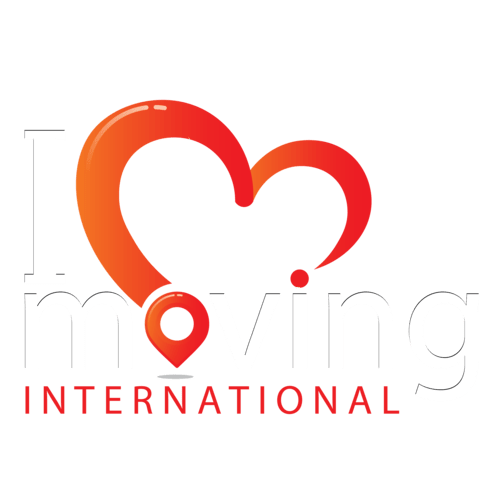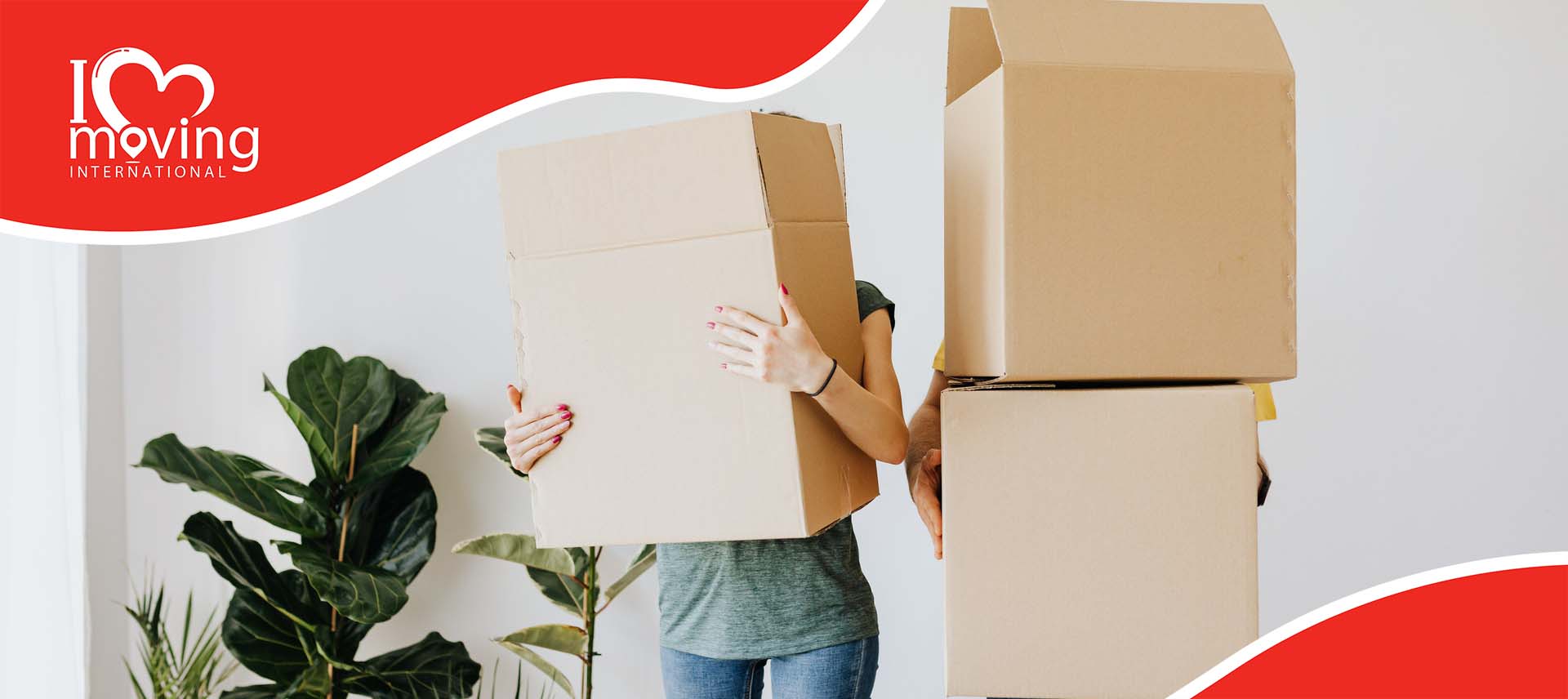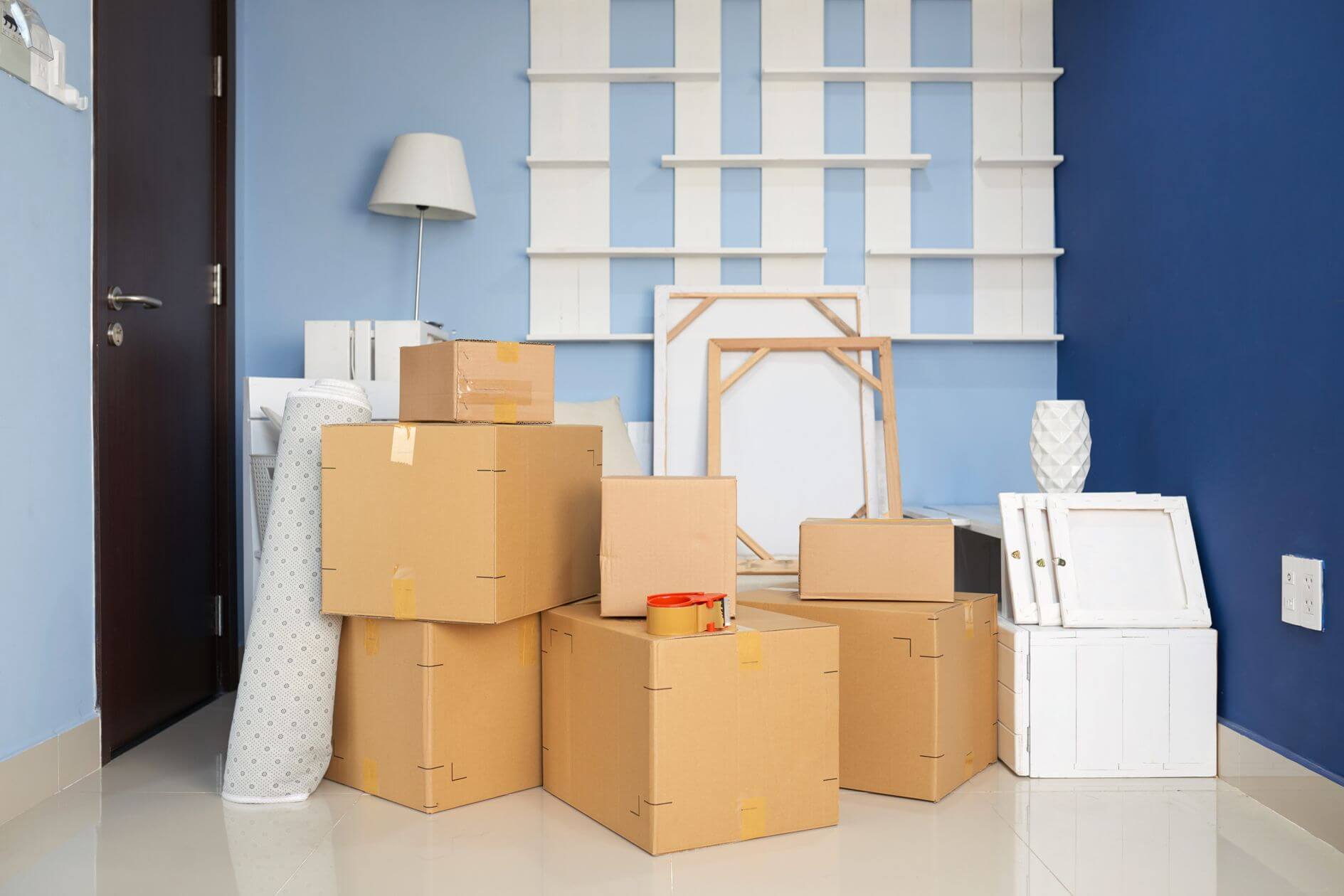Relocating to another country can be both thrilling and overwhelming. If you wish to plan all of the details and have a successful move, having a good packing schedule for moving is going to be absolutely essential. This invaluable resource will help you make sure your meticulous organization isn’t crippled by last-minute tasks and deadlines. If you need help, here are our five for creating a perfect boxing-up schedule.

Create a Packing Schedule for Moving and Follow It
Relocating to another country is a life-changing experience that requires meticulous planning and organization. Imagine having to rebuild your life after relocating abroad, adapting to new customs and culture shock, and untangling the knots of navigation that come with it. Amidst this upheaval, the last thing you want to worry about is wrapping your belongings. Thus, it is crucial to have a well-thought-out moving packing plan in place. Let’s highlight the importance of having such a schedule:
- Time management and stress reduction – One of the primary benefits of having a wrapping schedule is efficient time management. With a well-made plan in place, you can break down this huge task into smaller, manageable ones. This will be of huge help in this time of stress, trust us.
- Ensuring necessary documentation is in place – When moving internationally, one must deal with a slew of important documents related to visas, customs, taxes, and insurance. A schedule ensures you set aside enough time for gathering these essential documents and fulfilling the necessary administrative tasks. This not only spares you from missed deadlines but also avoids unnecessary expenditures or complications in transitioning to your new country.
- Efficient use of resources – A schedule helps you in making an inventory of your belongings, guiding you in decluttering and sorting your possessions. Through this process, you can identify the relocation essentials you need, such as packaging materials, labels, and packing services. Knowing these requirements in advance enables you to plan a relocation on a budget and avoid wasting resources.
Tip #1 – Start Decluttering at Least a Month in Advance
Relocating abroad can be an exciting adventure, but the process of shipping overseas can be overwhelming, even with an overseas moving company by your side. A significant part of preparation is decluttering your space, which can save you time, relocation stress, and costs.
One of the key relocation tips you should know about is that it’s essential to start decluttering at least a month in advance of your big day. So, be sure to make your international relocation efficient and more enjoyable by incorporating early decluttering into your timeline.

Decluttering Should Be a Part of Every International Relocation
When you have a clear understanding of what you will be taking with you, the entire to-do list becomes more manageable. Decluttering early allows you to thoroughly assess your possessions and determine their value when living in a new country. By giving yourself a month or more time, you can avoid rushed decisions and prevent regret about leaving behind something valuable to you. A less cluttered environment also makes for a more comfortable wrapping process.
What to Pack and What to Leave Behind?
Make a list of all the items you own and mark their intended destination – keep, donate, sell, or toss. Be honest with yourself and try to imagine how each item will serve you in your new city. Consider factors such as cultural differences, weather, and space limitations in your new home in another city. You may even want to research typical home layouts and amenities to ensure your belongings will fit your new lifestyle.
As for items you won’t take with you, decide if you want to donate, sell, or toss them. If you choose to sell items, research local stores or online selling platforms like eBay or Facebook Marketplace and allow yourself plenty of time to sell your belongings before the relocation day.
Donating is an excellent way to give back to your local community while decluttering your space, so find a charity that resonates with you and schedule a pickup or drop-off before your relocation date. Any items that you won’t use and cannot be donated or sold should be responsibly discarded.
Tip #2 – Make a Packing Timeline for Moving or Use a Pre-Made Checklist
There are many excellent pre-made wrapping checklists available online that can make your life easier during this hectic time. These checklists can be filtered based on different needs and preferences, such as the type of visa you’re relocating on or the country you’re going to. The lists typically include crucial aspects of relocating abroad that you might not think of, such as vaccinations, language courses, or obtaining an international driving permit. You can either use a pre-made checklist as-is or customize it according to your specific situation.

Tip #3 – Create a Room-By-Room Moving and Packing Plan
Creating a room-by-room packing plan not only saves time and keeps you organized, but it also makes the entire process more enjoyable. By following these simple relocation hacks, you can ensure a smoother and more efficient process, allowing you and your family to settle into your new home with ease. So take a deep breath, gather your packaging materials, and get ready to master the art of room-by-room packing for a move.
Streamline Your Move With Color-Coded Labels
One way to make your move more organized and relieve stress is by using color-coded labels for each room in your home. Assign a specific color to each room and use these colors on the boxes and other packaging materials. This way, it will be easier to identify which boxes belong to which room when you start unpacking after the relocation. In addition, it helps movers know exactly where each box should be placed, making the entire process faster and more efficient.
Create Separate Boxes for Each Room in the House
It’s essential to avoid mixing items from different rooms into the same box. Doing so can make unpacking a confusing and time-consuming task. Instead, pack items from the same room into their designated boxes. This approach maintains a sense of organization and helps you keep track of your belongings more easily during the relocation.
How to Pack One Room at a Time
Wrapping up one room at a time is the key to maintaining organization and staying on track during the relocation process. Start with the rooms you use the least, such as guest rooms, basements, or attics. This method allows you to gradually pack each room without causing disruptions in your daily routine. Work your way towards the more frequently used rooms, saving the kitchen (no one likes wrapping dishes anyway!) and main living areas for last.

Tip #4 – Pack Stuff Strategically
Packing strategically for a move to a new country may seem like an impossible task, but with some forethought and organization, it can be an efficient experience. By identifying what items you’ll need immediately upon arrival and ensuring they’re easy to access, you’ll set yourself up for a smoother transition into your new home. Remember to plan ahead, think about accessibility, and stay organized – your future self will thank you!
Leave Essential Items for Last, So They’re Easy to Access
Determining which items you’ll consider essential isn’t always an easy task, as the definition of “essential” tends to vary from person to person. However, there are a few key items that universally fall into this category – passports and other important documents, medications, and chargers for electronics. Other examples may include a change of clothes, toiletries, snacks, and any other items that will make your first few weeks in your new country more comfortable.
Once you have an understanding of which items you’ll be reaching for first upon arrival, it’s time to strategize your packing. If you’re shipping your belongings overseas by air or sea, you may not have immediate access to them when you land. Therefore, it’s vital to pack these essentials into your carry-on luggage or in a separate box that travels with you. This approach ensures that you’ll have quick access to these items upon arrival.
Tips for Packing Fragile and Valuable Items
Take the time to properly wrap and protect your fragile items before putting them into boxes. Use bubble wrap, packaging paper, and even towels or linens for added cushioning. Wrapping fragile items together and labeling the box as “fragile” can help ensure they’re handled with care during shipping. For larger items such as furniture, disassemble them if possible and wrap them securely in blankets or plastic wrap to protect them from any damage during transit.
Stay Organized and Stress-Free During the Process
Good organization is key to making your move less stressful. Take breaks when needed to avoid burnout, and remember to stay hydrated while packing. If you have children or are relocating with pets, consider arranging for a babysitter or pet caretaker during move day to minimize additional stress.

Tip #5 – Get Help When You Need It
Relocating abroad can be an intimidating process, but having the right support system in place ensures that it doesn’t have to be a lonely one! Surround yourself with people who believe in your capabilities, rely on your loved ones for guidance, and stay connected with friends who have moved abroad before you – all of these practices will increase your chances of having a successful transition into a new country.
Turn To Your Closest Friends
One of the best ways to ensure that your time overseas is enjoyable is by involving your closest friends. If you need any assistance with anything, they are often the first people to step up and offer their help. Not only that, but having someone who knows you well can also provide emotional support during this time of transition. A good friend will know exactly what kind of pep talk you need at times when things may seem overwhelming or difficult.
Family Will Help You Whenever Necessary
In addition to relying on your friends, your family members are also important sources of support that should not be overlooked when relocating abroad. They may not always have all of the answers, but they can still be counted on for practical or logistical issues related to moving, such as helping out with packing or paperwork associated with visas and other documents required for entry into a new country.
Additionally, it may also be helpful for them to share their own experiences about living in another country if applicable. This could give you insight into what life is like in the new place so that you have realistic expectations going forward and know what challenges await you.

Movers From a Professional Overseas Moving Company Are the Best Option
Moving overseas can be a major life transition – it is essential to have reliable, experienced movers who understand the process. With countless options out there and customer reviews to consider, choosing the right overseas shipping company can be a daunting task. From offering estimates and understanding immigration requirements to providing expertise on shipping, a trustworthy international moving company like ours will make your relocation seamless.
With extensive experience and knowledge in navigating logistical processes, I Love International Moving can create likely solutions that cannot be found elsewhere. So if you are moving abroad, don’t hesitate to reach out to us for support – booking such an excellent moving service will give you the best chance for success during this hectic time. Hire our movers for an international, risk-free relocation today!
Frequently Asked Questions About a Packing Schedule for Moving
It’s best to start wrapping your belongings as early as possible. Ideally, you should start at least a few weeks in advance, especially if you have a lot of items to pack. This will give you enough time to sort through your belongings, declutter, and pack everything efficiently.
Starting early will also help you avoid the stress of last-minute tasks and ensure that everything is properly organized and labeled for the move. Additionally, it’s a good idea to make a schedule and stick to it to ensure that you’re making progress and staying on track.
Yes, there are various schedules and checklists that you can use to help you stay organized and on track when wrapping up items from your home. You can find printable checklists online or create your own using a spreadsheet or notebook.
The checklist should include all the rooms in your home, as well as a timeline for when you plan to wrap each room. It’s also a good idea to break down the process into smaller tasks, such as handling one box per day or one room per week, to make it less overwhelming.
It’s generally recommended to wrap belongings by room rather than by item when preparing for a move. This means focusing on one room at a time, sorting through everything in that room, and wrapping it up before going on to the next room. This approach can make the process more efficient, as you can focus on one area at a time, and it can also help with unpacking, as all items from each room will be together in the same box.
When preparing for a relocation, it’s a good idea to start with items that you don’t use very often, such as out-of-season clothing, extra linens, or rarely-used kitchen appliances. These items can be packed up well in advance without disrupting your day-to-day life. You may also want to wrap up items that are fragile or valuable, as these will require more care and attention during the relocation process.













